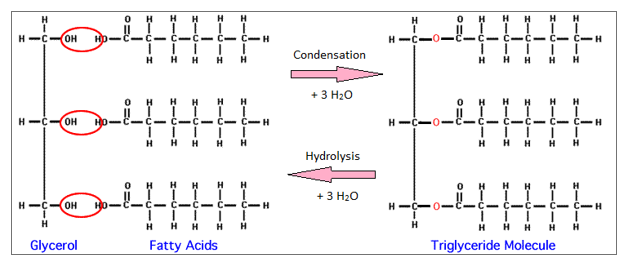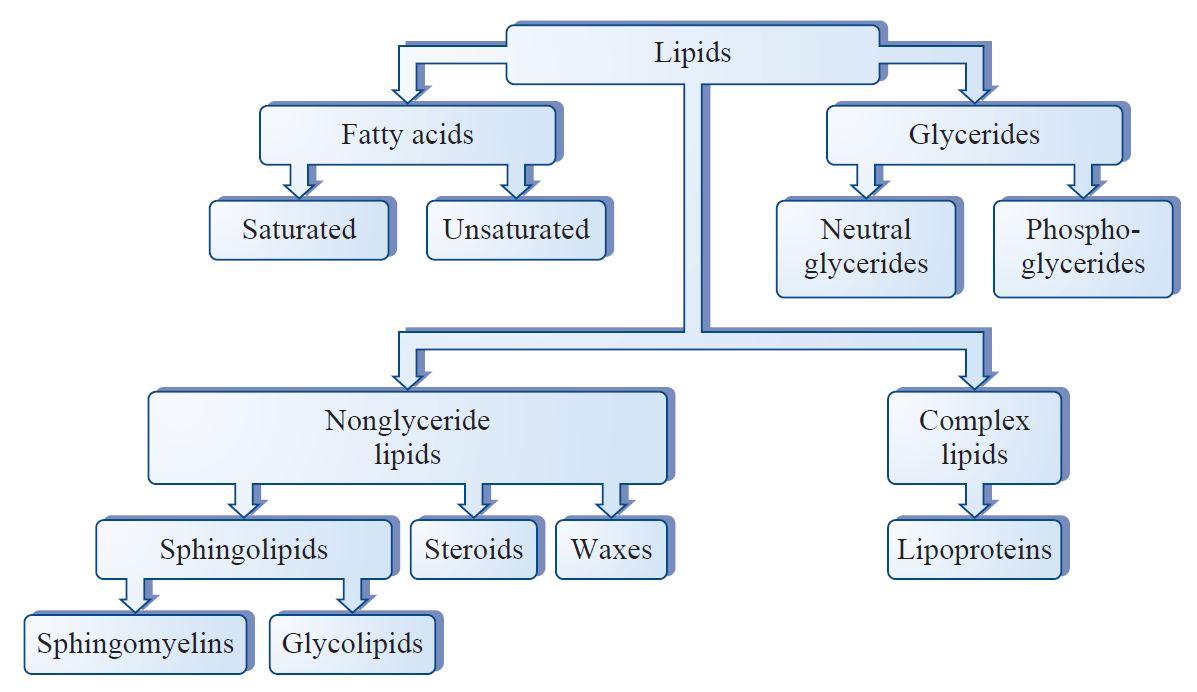


There are only a few naturally occurring fatty acids with triple bonds and they’re often of plant origin, for example stearolic acid. The naturally occurring fatty acids are generally in the cis configuration, rather than in trans configuration. So, they can either be monounsaturated or polyunsaturated. Unsaturated fatty acids have one or more double or triple bonds. This article brings you the general structure, properties, classification, and functions of lipids in different organisms. And it was in 1827, that fat, along with carbohydrate and protein, were believed to be an essential nutrient for humans and animals. The 18th-19th century marks the era of extensive study of these molecules. Later, the milky liquid was determined to contain fat, by Henson in 1774. In 1665, Robert Boyle observed a milky appearance in animal’s blood collected after their feed. Lipids have diverse roles in many key biological functions, such as acting as structural components of cell membranes, serving as energy storage sources, and participating in signaling pathways. They are hydrophobic in nature because of the predominance of hydrocarbon chains (–CH2–CH2–CH2–CH2–) in their structures.

But unlike the other macro biomolecules, lipids are not polymers – they aren’t composed of monomers. Lipids are one of the major macromolecules present in our body, and others include nucleic acids, carbohydrates, and proteins.


 0 kommentar(er)
0 kommentar(er)
